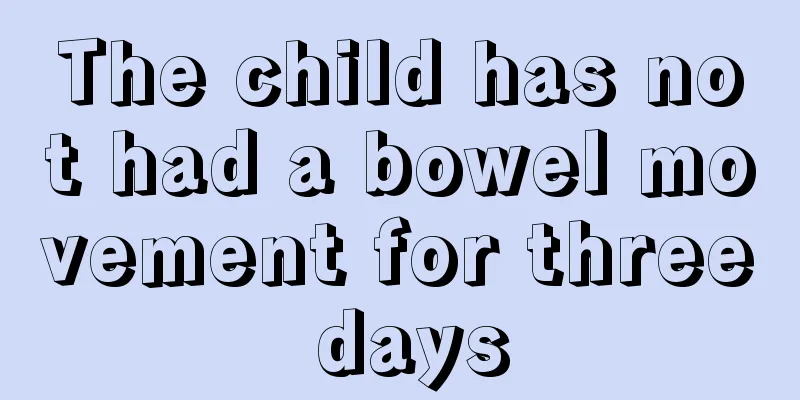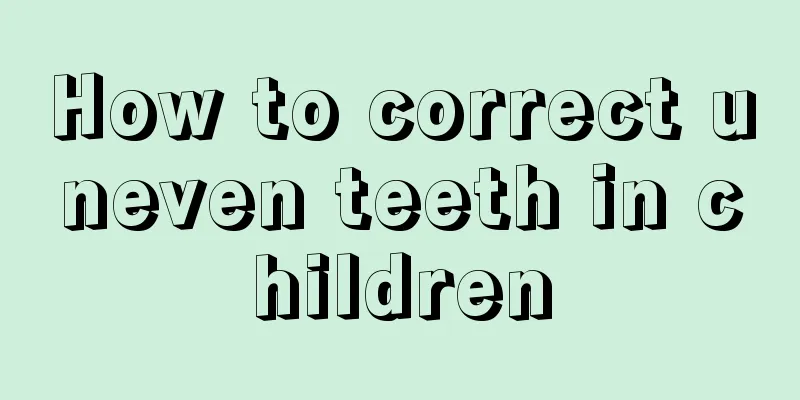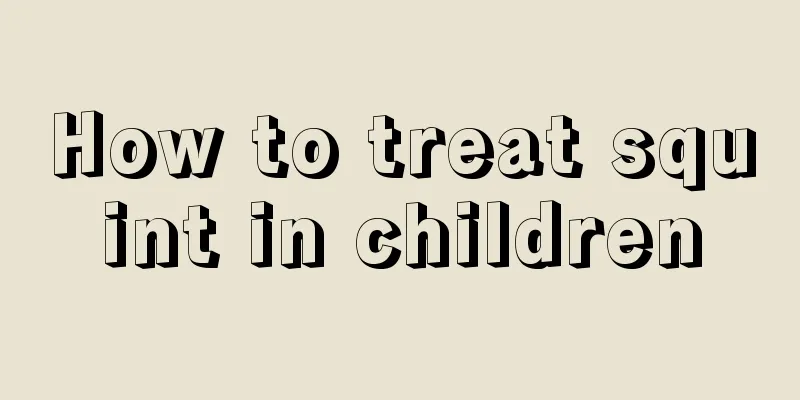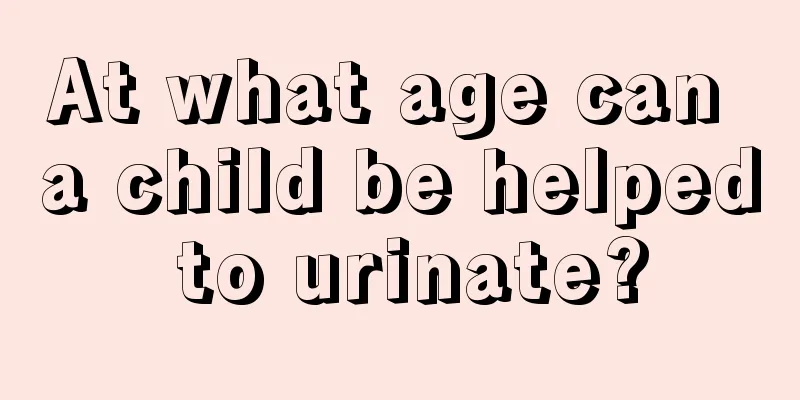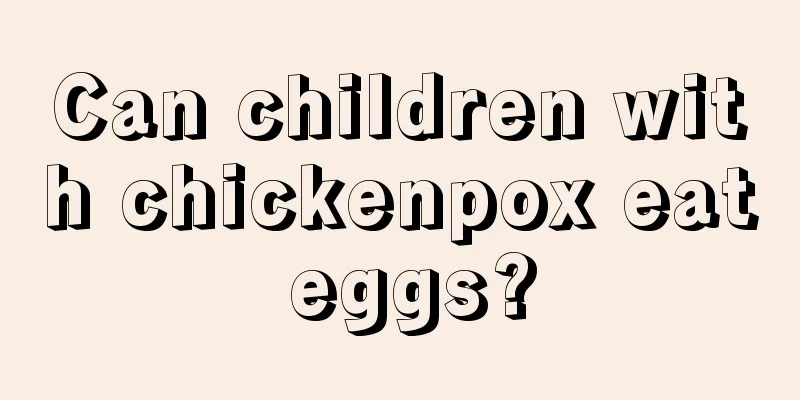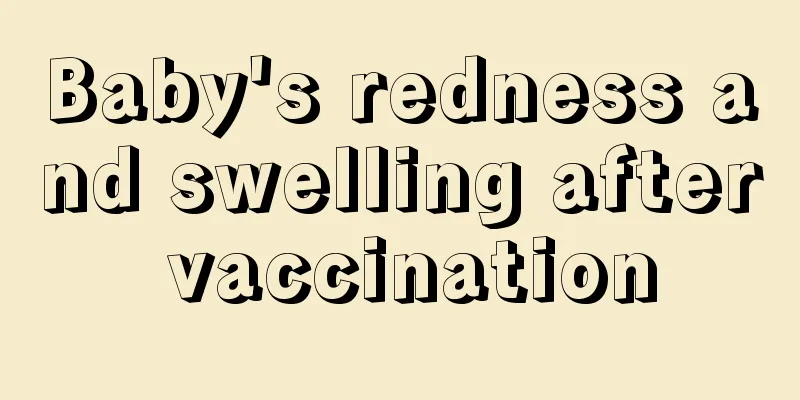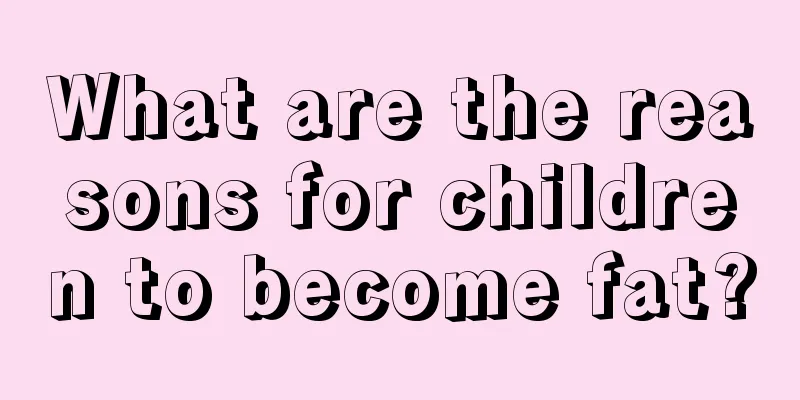Early symptoms of chickenpox in children
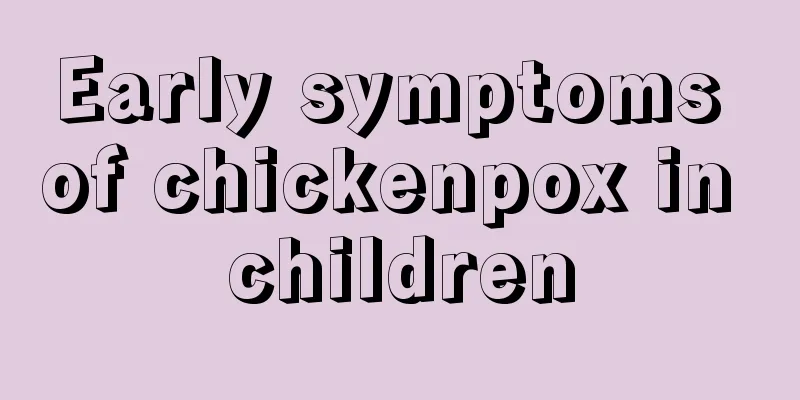
|
As children grow up, they are easily invaded by bacteria and suffer from some skin infections due to their low body resistance. Varicella is a type of disease with a very high incidence rate. Almost every child will have symptoms of chickenpox. In the later stages of chickenpox, not only will the skin become abnormally itchy, but the body will also have symptoms of persistent fever, cold and cough. Therefore, it is very necessary for parents to understand the early symptoms of chickenpox in children and carry out preventive treatment in the early stages. 1. Early symptoms of chickenpox in children When a child is infected with the varicella-zoster virus, there will be a period of incubation before the disease occurs. The incubation period of chickenpox generally ranges from ten to twenty days, with an average of about two weeks. One or two days before a child gets chickenpox, he or she will first show some cold-like symptoms. Next comes the most classic chickenpox symptom, a rash on the child's skin. In the first few days when children first develop chickenpox, we can see various types of rashes on their bodies. This is also a unique feature of chickenpox. The types of rashes include papules, vesicles, and scabs formed after the blisters break. There will be an itchy feeling after the rash appears, and the patient will scratch involuntarily. Once the blisters are scratched, it is easy to cause bacterial infection, so parents must be especially careful in taking care of children with chickenpox. Chickenpox usually appears in batches. At first, there will be a small red rash in early summer, which will turn into blisters after one or two days. After the blisters dry, they will become scabs. Then a new batch of chickenpox will appear. 2. How to tell if a child has chickenpox 1. Children who are still in the developmental stage are extremely susceptible to the varicella virus. Once infected with the varicella virus, the children will obviously have symptoms such as fever, loss of appetite, and lack of strength that night, especially for children who are already weak. 2. When a child first gets chickenpox, only some small red spots appear. After a few hours, they will slowly develop into blisters the size of red beans and cause severe itching. It should be noted that parents must prevent their children from scratching the blisters. Once scratched, it is easy to be infected with other bacteria and cause other chickenpox complications. 3. In the early stage of chickenpox in children, related reactions will first appear in the main parts of the body, such as acne and itching, and then gradually spread to the head, face, arms, and legs. However, these symptoms of chickenpox are mainly distributed in the main body area, and symptoms on the face, arms, and legs are often less common. In addition, the mouth, eyes, head, etc. may also experience symptoms of chickenpox infection, and there will be severe pain. |
<<: Symptoms of calcium deficiency in babies under one month old
>>: The child suddenly developed a fever without any symptoms
Recommend
How to treat jaundice by sunbathing
Jaundice is a very serious disease. If you have n...
What to do if the baby girl's urinary area is red
Many female friends will take care of their child...
What to do if the baby does not defecate for six days
Breastfeeding rarely causes constipation in babie...
Baby's toenails thicken
Nails can reflect a person's health status ve...
What to do if your child has bloating
Traditional Chinese medicine believes that the sp...
My baby hasn't pooped for a few days and keeps farting
We all know that mothers are very careful when fe...
When does the baby start to change teeth? What should I pay attention to?
When there is a baby at home, parents have to wor...
How to deal with burns and peeling of children
When the baby is scalded again, parents must not ...
What causes bleeding in the child's ears?
Infants and young children have delicate bodies a...
What is the cause of low body temperature in children?
Children are the hope of every family. Every fami...
Is it poisonous when a child bites you?
In real life, some people are accidentally bitten...
What causes blue spots around baby's mouth?
The birth of a child brings endless joy to the wh...
What to do if your child loves watching TV
Many children like watching TV, especially cartoo...
Nursing of stitch scars in children
Many people worry about scars after stitches. Sca...
Will being thin affect your child's height growth?
In the 21st century society, there is a common pr...
